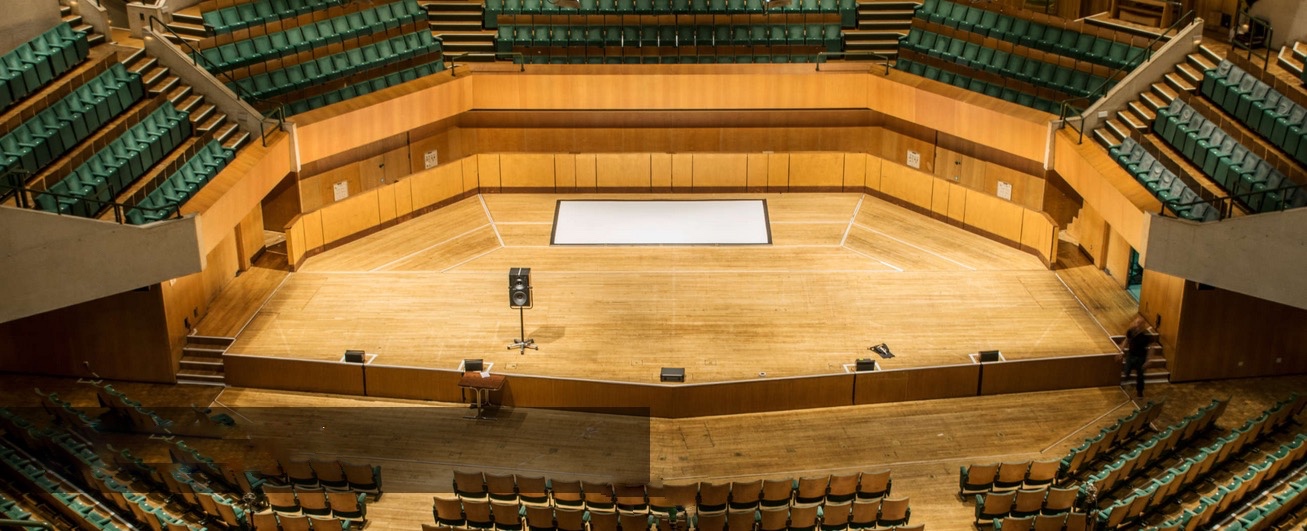
24-bit True Stereo, with surround capability.New convolution engine & user interface.Includes 372 instrument specific reverbs.Requires iLok account for authorisation.But wouldn’t it be useful to have some beautiful reverberated venues accurately recreated and ready to use on your computer? Acting on impulse If you often find your lounge masquerading as a live room, the chances are it’ll not be known for its flair on the acoustic front, so the time-honoured tack is to record close and add something reverberated during the mix stage. So first point of clarification, Spaces II is a convolution reverb, which means it falls into the segment of reverb based plug-ins that are designed to digitally recreate organic and natural spaces, man-made or otherwise. This process is undertaken by finding suitable locations in order to record a set of Impulse Responses, IR for short.

This allows for an acoustic map to be generated, which can be employed within a plug-in such as Spaces II to create something sounding realistic and natural, or at least within the realms of venues such as concert halls and churches. If you crave something on a larger scale, EastWest has also included caves and forests, along with a myriad of other useful settings such as an LA-based soundstage, recreations of classic digital reverberators, and even train stations and swimming pools. To put it another way, if you can’t find something suitable within this vast collection, you might want to check that the volume on your monitoring is turned up. It’s a behemoth of a collection!īeing drawn to the abstract, I thought I’d start with the Berlin Swimming Pool. Pulling up a Pizzicato string section, to allow for maximum scrutiny of the reverberation decay, the resulting lush texture was not as bright as I thought it might be more a pretty natural setting with plenty of decay time. I was hit by the large slap-back quotient, but EastWest has helpfully placed a Pre-delay pot in constant view, meaning that along with the input, and wet and dry amounts, it’s easy to dial things up or down at required.Ĭalling up patches is very easy, with navigation through the wealth of content proving to be a breeze.
#ALTIVERB 7 XL REVIEW PATCH#
As if to underpin your patch choice, each setting displays a photo of the recorded venue, which is a really nice touch. Each patch in the menu hierarchy also displays the maximum reverberation time. I suppose I could just put an instance of Spanner after it, but by and large I prefer mono in stereo out reverb for nuts and bolts work because it works better with dialog and practical FX.

#Altiverb 7 xl review Patchīasic editing of each patch is equally simple by clicking on decay, it’s possible to shorten the reverberation time with a preset degree of roll off. I Have XL, but I rarely use it in surround mode because it is too much of a hassle to try to balance it so that it feels organic with the production sound.

Filtering is pretty similar, with rolls offs being available to the top and bottom ends.


 0 kommentar(er)
0 kommentar(er)
